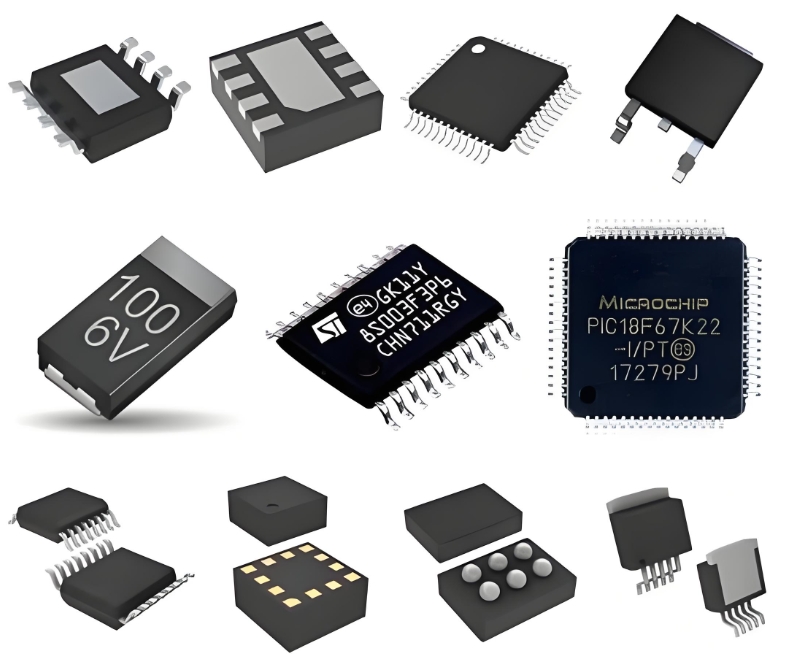**ADSP-2101BP-66: The High-Performance DSP Engine of a Computing Era**
In the landscape of digital signal processing, few components have left as profound a mark as the **ADSP-2101BP-66**. As a cornerstone of Analog Devices’ DSP portfolio, this processor defined an era of computational efficiency and real-time processing capabilities, enabling breakthroughs across telecommunications, audio processing, and industrial automation.
At its heart, the ADSP-2101BP-66 was engineered for **raw computational power**. Operating at 66 million instructions per second (MIPS), it delivered the performance necessary to handle complex algorithms—from finite impulse response (FIR) filters to fast Fourier transforms (FFT)—with remarkable speed. Its Harvard architecture, featuring separate data and instruction memory buses, allowed simultaneous access to code and data, drastically reducing processing bottlenecks and enhancing throughput.
A key to its success was its **optimized instruction set**, designed specifically for mathematical operations central to signal processing. Single-cycle multiply-accumulate (MAC) operations became a hallmark, enabling the chip to perform intensive mathematical tasks efficiently. This was further complemented by on-chip memory, including RAM and ROM, which minimized latency and allowed for streamlined data management.
Beyond hardware, the ADSP-2101BP-66 supported a robust suite of development tools. Engineers could leverage assemblers, simulators, and emulators to optimize code and debug systems in real-time, shortening development cycles and accelerating time-to-market for innovative products.

Applications of this DSP were vast. In modems and cellular infrastructure, it enabled reliable data transmission and voice compression. In audio equipment, it brought clarity and precision to sound processing. And in medical imaging and radar systems, it provided the computational muscle needed for real-time data analysis.
**ICGOOODFIND**
The ADSP-2101BP-66 stands as a testament to Analog Devices’ innovation, combining high-speed processing, architectural elegance, and practical versatility to drive the DSP revolution of its time.
---
**Keywords**:
Digital Signal Processing, Harvard Architecture, Multiply-Accumulate (MAC), Real-Time Processing, Computational Efficiency
